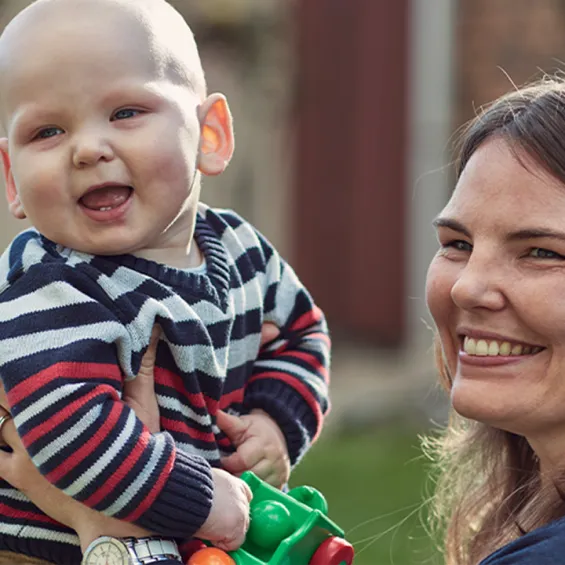Don’t have an account?
Select the donation type you’d like to make
Getting ready to donate

Premature babies are incredibly vulnerable. We need to make sure the breast milk they’re receiving is as safe as possible. That's why not everyone can give breast milk, even though it’s still the best nutrition for your own baby.
Take our quick eligibility quiz to check that you're able to give.
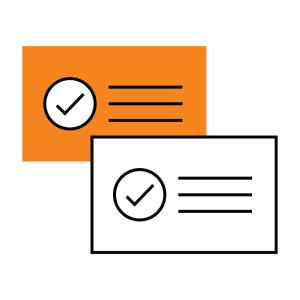
After you finish the eligibility quiz, you'll be asked to provide some details to register your interest. Our team will contact you in the coming days to discuss the next steps. If you aren't ready yet or have questions - no worries. You can call us on 1300 459 040.
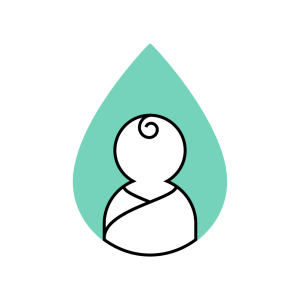
Keen to know more? While you wait, view stories about why being a milk donor is such an incredible thing.
Donating breast milk

You need to wash your hands well before you express milk as well as every time you handle breast pump parts. Don’t touch anything else after you’ve washed your hands, including your phone.

Please avoid using moisturiser, ointment or nipple balms on or around the breast and nipple area.
You also probably already know that clean bras and regular breast pad changes are best for your own health, but daily showers are super important for the baby receiving your milk.
Questions? Feel free to call us on 1300 459 040
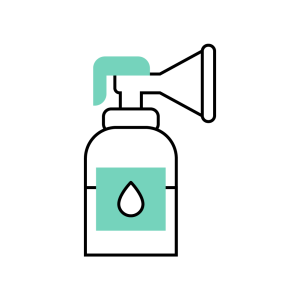
You can use a pump or express by hand. If you’re using a pump, follow the steps below after every use, and be sure to sterilise it every day.
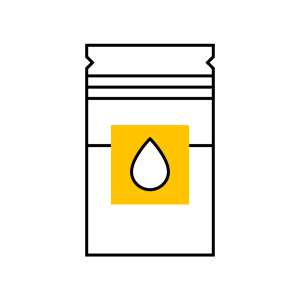
Milk expressed for donation should be stored in suitable milk collection bag immediately after expressing. Please write your surname and the date you expressed and placed directly into the freezer. Please don’t store milk for donation in fridge for more than 6 hours if at all possible.
Remember, if you mix milk expressed over multiple days, we can't accept this for donation.
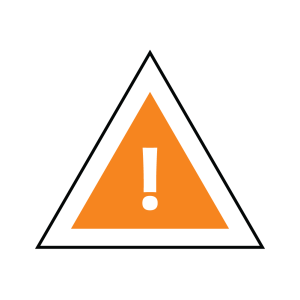
Drinking alcohol, taking medications whether prescribed or over-the-counter, and using supplements or vitamins can impact whether we can accept your milk. Call us on 1300 459 040 if this applies to you.
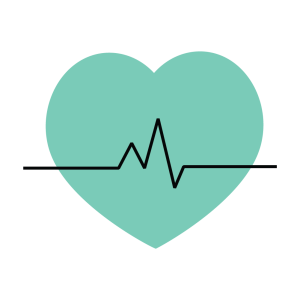
Give us a call and we’ll be able to let you know what to do. Depending on what you have, you may need to take a short break.
